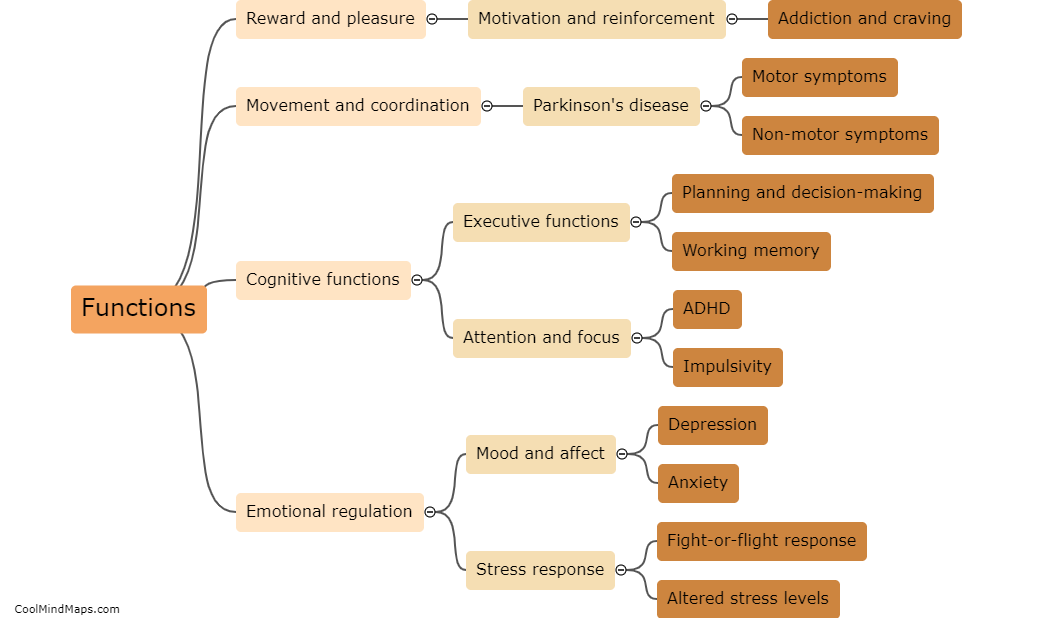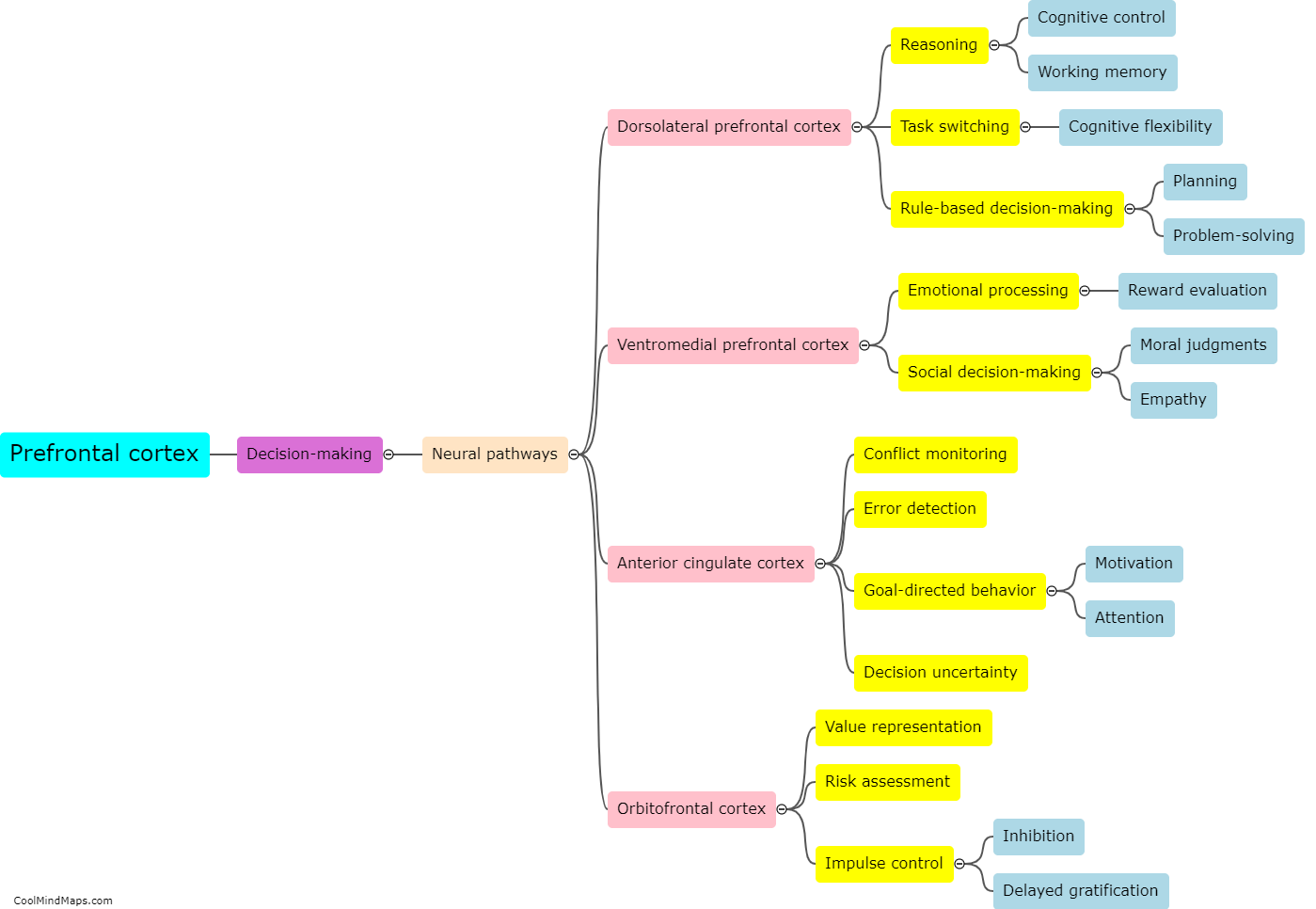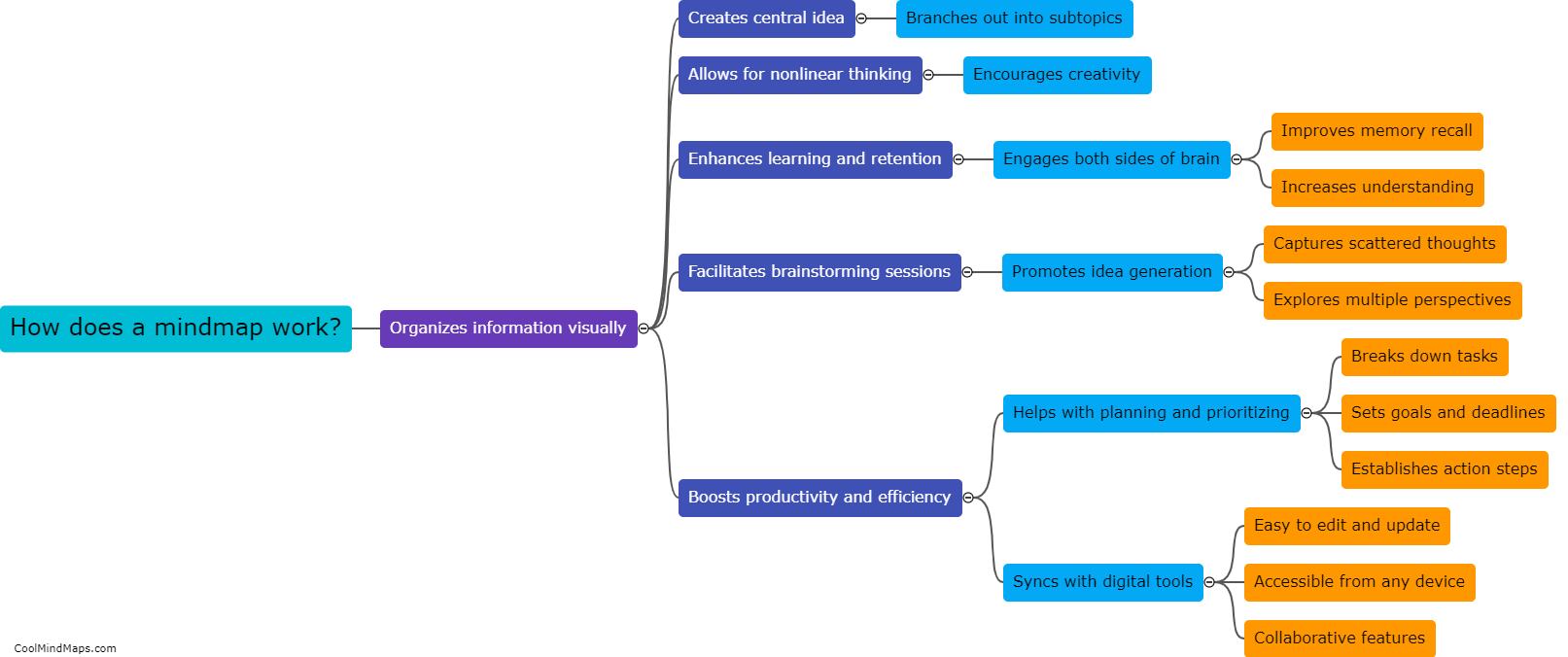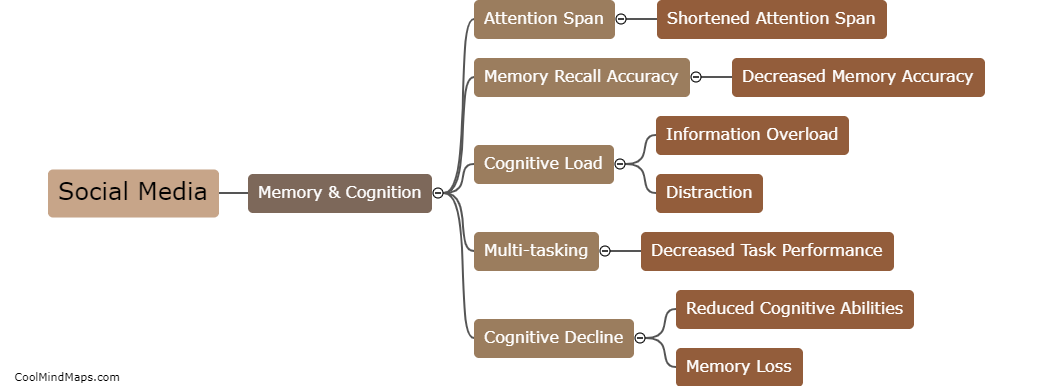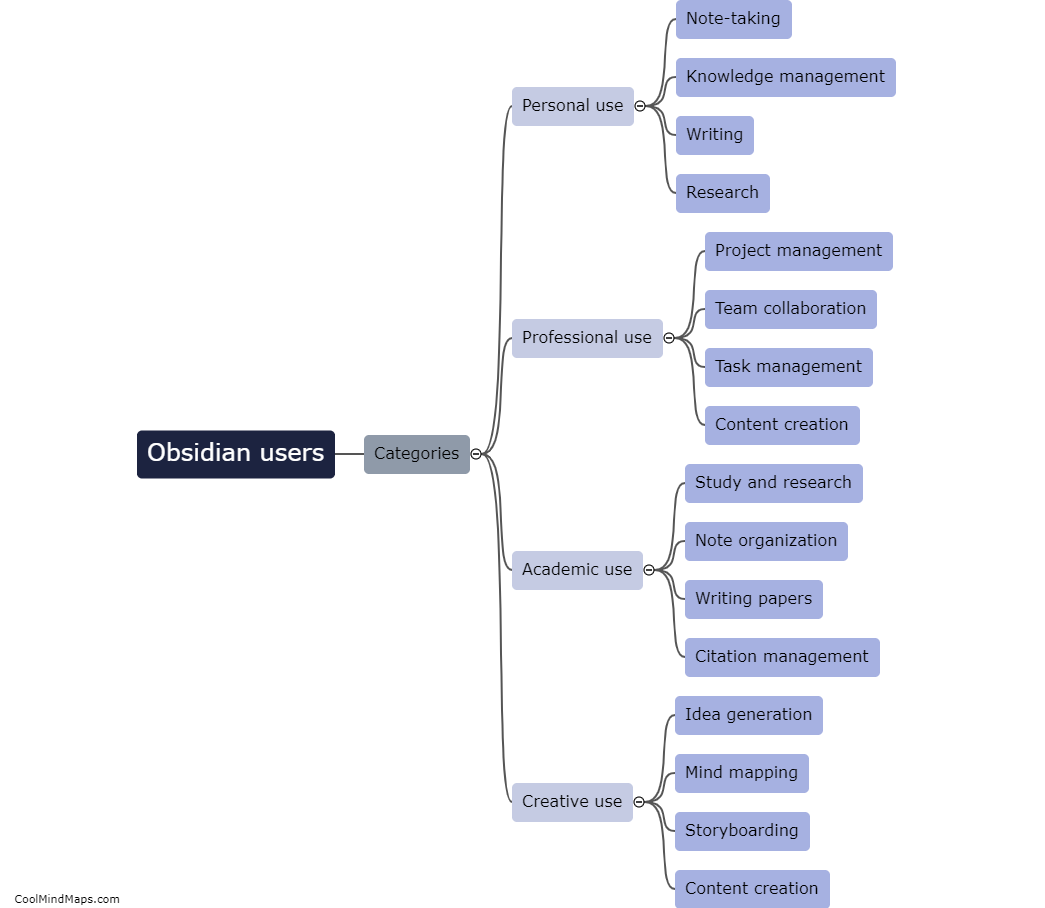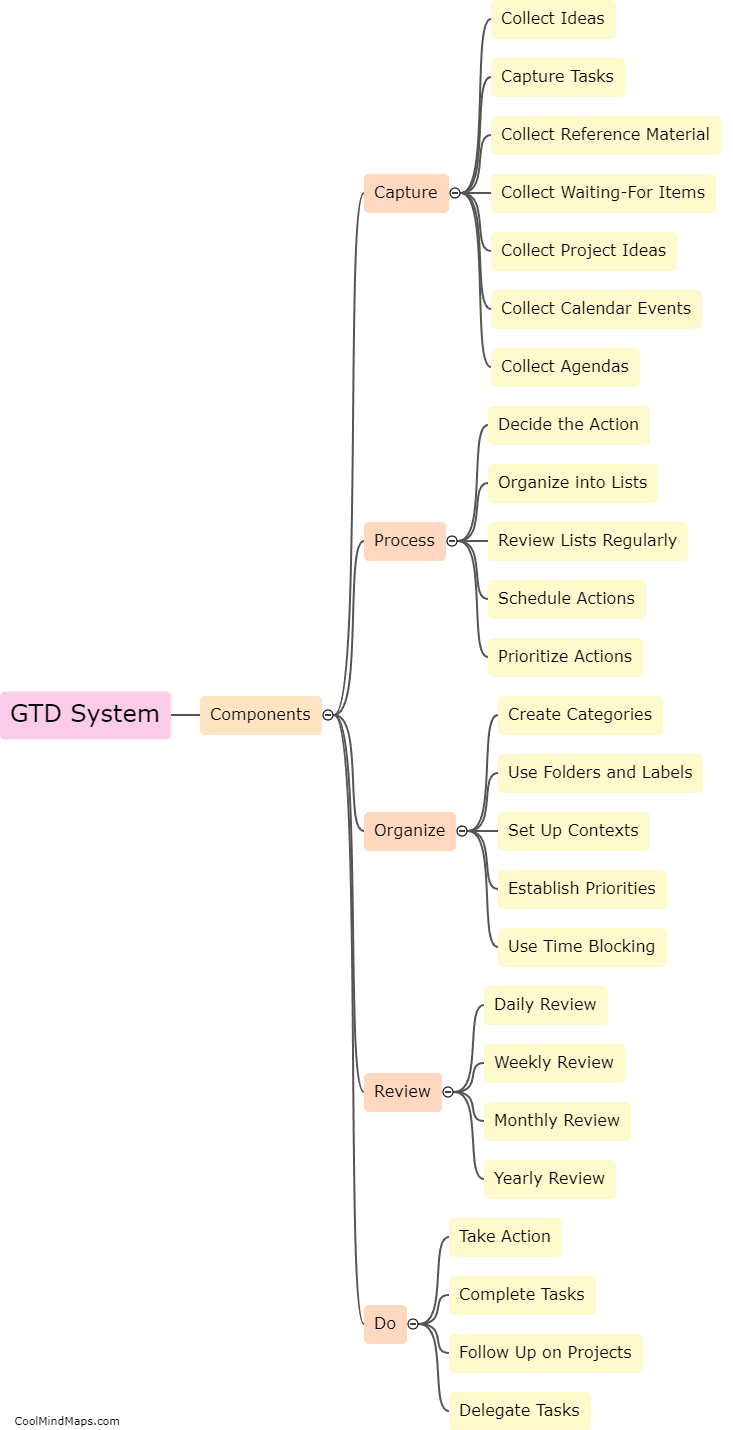What neural pathways are involved in risk assessment within the basal ganglia?
The basal ganglia, a collection of structures deep within the brain, play a crucial role in risk assessment and decision making. Several neural pathways are involved in this process. One important pathway is the direct pathway, which facilitates movement initiation. In risk assessment, this pathway helps promote actions associated with potential rewards. Another pathway is the indirect pathway, which inhibits movement. In risk assessment, this pathway has a suppressive effect, allowing for the inhibition of actions associated with potential risks. Additionally, a third pathway known as the hyperdirect pathway provides rapid inhibition of ongoing actions in response to unexpected risks. These neural pathways within the basal ganglia work together to regulate risk assessment and influence decision making, ensuring that appropriate actions are taken based on potential rewards and risks.
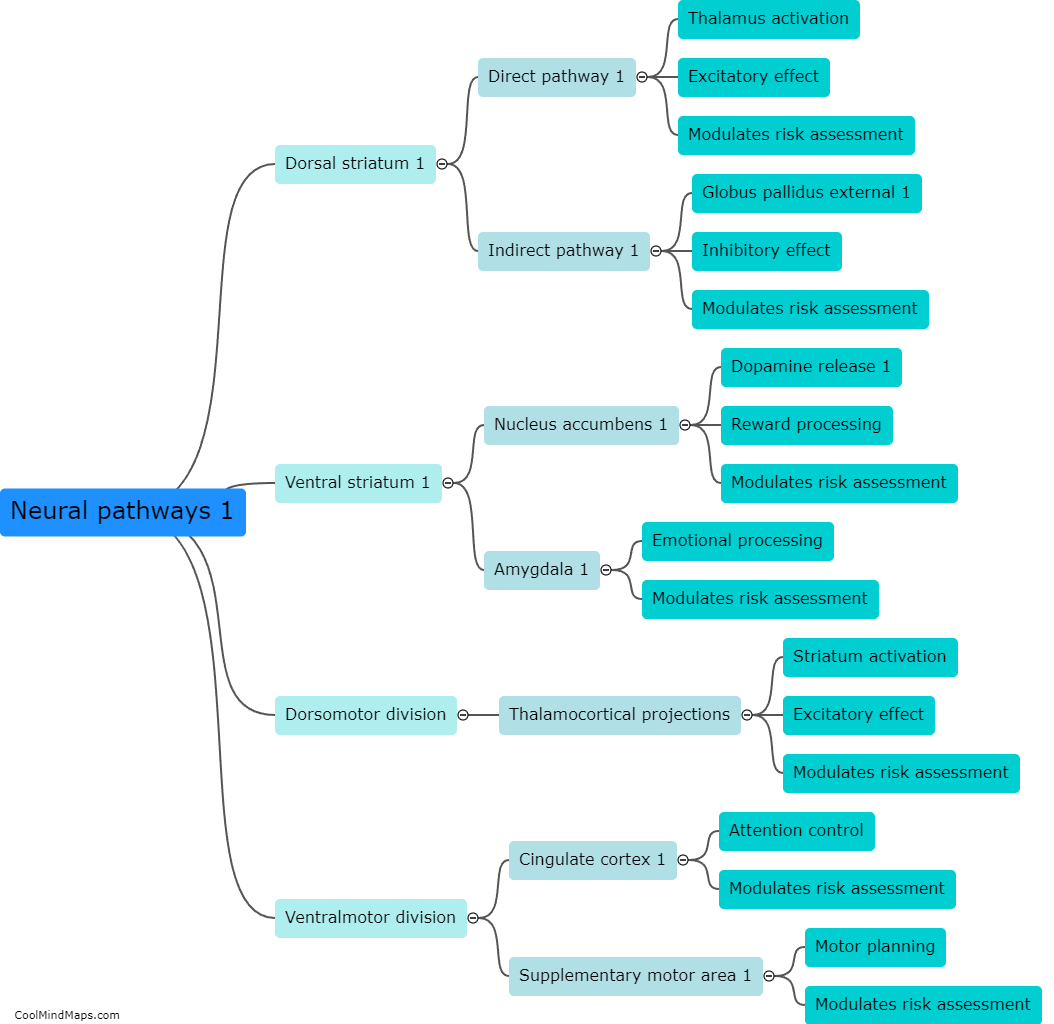
This mind map was published on 26 October 2023 and has been viewed 88 times.



